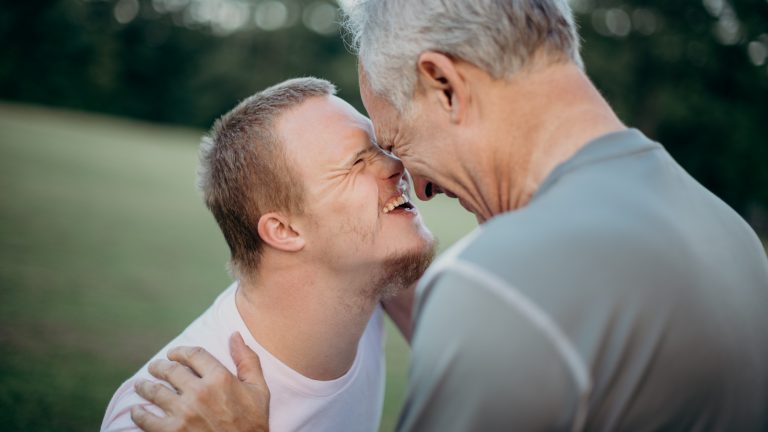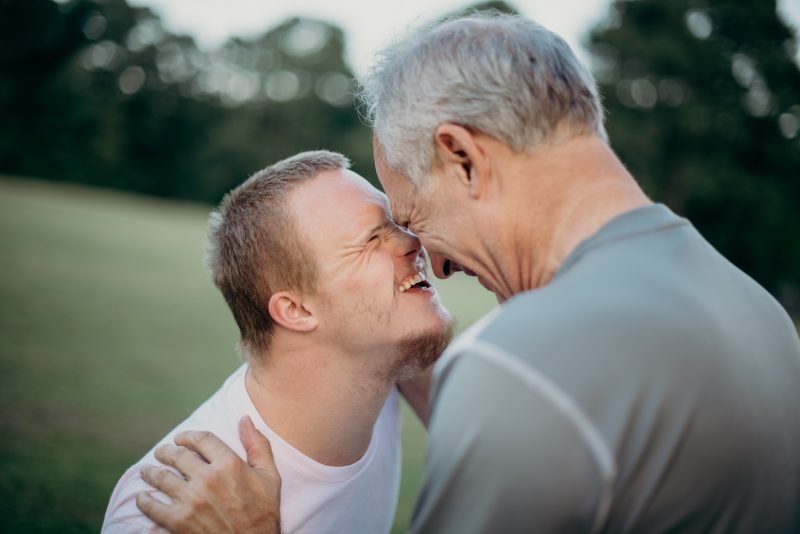
Autism a word commonly heard today with so many myths revolving around it that creates a state of panic for the affected and the family members. Millions of people around the world are affected by Autism. Autism is nothing but a spectrum disorder. It is a complex neurobehavioral condition that results in difficulties in social interaction and developmental language and communications skills with rigid and repetitive behaviour.

An autism spectrum disorder is defined medically as “group of development disorders” that “includes a wide range of symptoms, skills, and levels of disability”. In 1 out of 68 people autism can be found. The common things in all types of autisms are the following characteristics:
- Repetitive behaviours and limited interests
- Symptoms that are usually found in the beginning years of life
- Symptoms that affect the abilities to function properly in social aspects of life
- Ongoing social issues that make it difficult to communicate with others
People who are autistic may either mildly have these symptoms or severely. The three types of autism spectrum disorders are as follows:
Autistic disorder

This type of spectrum is also known as “classic “ autism. People affected by this have significant language delays, social, and communication challenges, and unusual behaviours and interests. They are also affected by intellectual disabilities. It is the most common and most severe type of autism. These autistic people have issues with being touched by other people, perform restricted or repetitive behaviours, experience sensory overload and have issues in communication. The other types of autism have the same issues but this has these symptoms much more severely.
Asperger’s Syndrome

It is the milder type of autism spectrum disorder. They experience the same disorder as other autism cases but it is milder. People with this type of autism have unusual interests and behaviours and also experience social challenges. These symptoms tend to be most difficult, as they do not have issues with language or intellect. Thus it is the symptoms need to be sorted to help the autistic person.
Pervasive Developmental Disorder

This is also known as “atypical autism”. This type is characterized by the criteria of the other two types but does not have all the characteristics. The ones who are affected with PDD- NOS (Pervasive Developmental Disorder) experience mild and fewer symptoms. The ones affected with PDD- NOS suffer from social and communication challenges. They are the highest functioning autistic types and do not fit in any other category of autism spectrum disorders.
The three types of autism and understanding about it will help you to understand people affected by it in a better way and help them and their near and dear ones to live a better life.